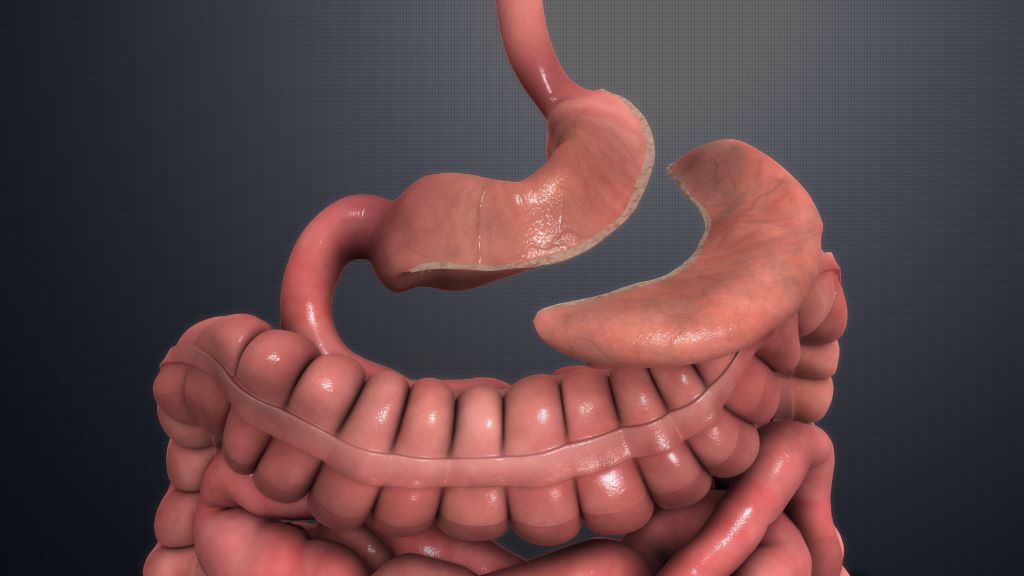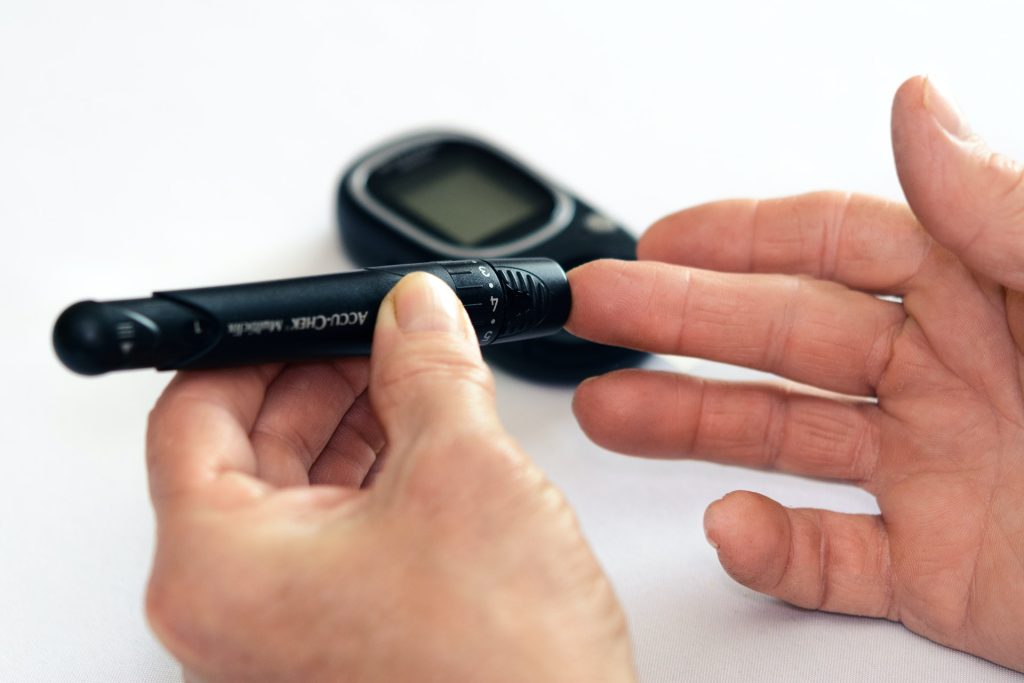Do Lifetime Body Weight Patterns Affect the Risk of Kidney Cancer?
Study links higher body mass index at various ages across adulthood with greater risks of developing different types of kidney cancer.

Excess weight in mid-life is a known risk factor for kidney cancer, but new research indicates that weight patterns throughout life may also affect an individual’s likelihood of developing this malignancy. The findings are published by Wiley online in CANCER, a peer-reviewed journal of the American Cancer Society.
To assess weight patterns and their associations with kidney cancer and its different subtypes, investigators analysed data from 204 364 individuals from the NIH-AARP Diet and Health Study, including body mass index (BMI) data when participants entered the study (an average age of 61.6 years), and prior BMI recordings at 18, 35, and 50 years of age. The team noted that there were 1,425 cases of kidney cancer, or renal cell carcinoma (RCC), among the study’s participants, with 583 having aggressive RCC and 339 having fatal RCC. The researchers also recorded the different subtypes of RCC, including clear cell RCC (541 patients), papillary RCC (146 patients), and chromophobe RCC (64 patients).
Higher BMI at any of the ages assessed was linked with higher risks of overall RCC and all subtypes (except chromophobe RCC), with a 10-40% higher risk for each 5-unit increase in BMI. Similar increased risks were linked to weight gain during adulthood that resulted in overweight or obesity, compared with maintaining normal BMI.
Also, long-term excess weight was associated with higher risks of overall RCC, aggressive RCC, fatal RCC, and clear cell RCC, but not papillary RCC and chromophobe RCC. Weight loss in which BMI was reduced by at least 10%, particularly later in life, was associated with a lower risk of RCC. Specifically, weight loss from age 18–35 years and after age 50 years was associated with 21% and 28% reductions in RCC incidence, respectively.
“These findings emphasise that maintaining a healthy weight across one’s lifetime is important for reducing RCC risk. More importantly, weight loss, even later in life, may offer protective benefits,” said lead author Zhengyi Deng, PhD, of Stanford University School of Medicine. “We should support initiatives that promote healthy weight maintenance and weight loss strategies. Some of these include lifestyle interventions, weight-loss programs, and emerging medical treatments for obesity; however, individuals should consult with their healthcare providers prior to initiation of any plan.”
Source: Wiley





